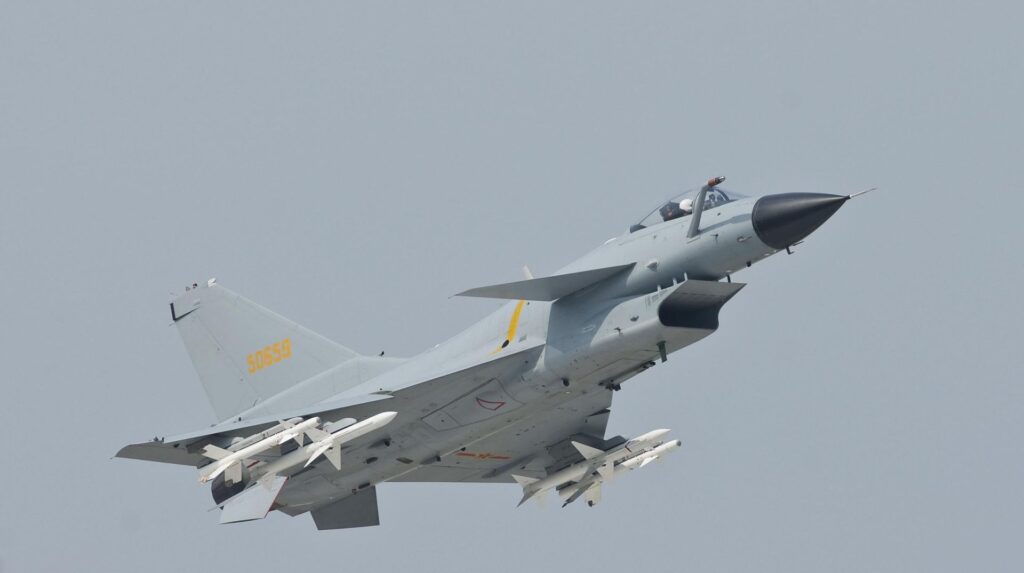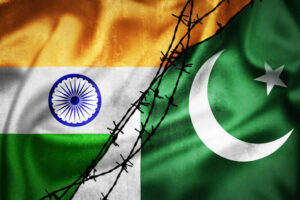Introduction:
The Chengdu J-10, also known as the “Vigorous Dragon” (猛龙), is a multi-role fighter jet developed by China’s Chengdu Aircraft Corporation for the People’s Liberation Army Air Force (PLAAF). It is one of China’s most advanced indigenous combat aircraft and serves as a symbol of China’s growing aerospace capabilities.
First entering service in 2005, the J-10 is designed for air-to-air combat, ground attack, and electronic warfare, making it a versatile backbone of China’s modern air force.

-
Development and History
-
Origins: Development began in the 1980s to replace older fighters like the J-7 (a MiG-21 derivative).
-
Project Secrecy: The project was highly secretive during the 1990s and early 2000s.
-
First Flight: Made its maiden flight in 1998.
-
Operational Entry: Entered PLAAF service in 2005.
It’s believed that the Israeli Lavi fighter project influenced the J-10’s design, and Russian engines and avionics played a crucial role in early development.
Design and Structure
🔹 Airframe
-
Delta wing + Canard design: Gives excellent maneuverability, especially in dogfights.
-
Single engine configuration.
🔹 Materials
-
Uses composite materials to reduce weight and enhance performance.
Performance and Specifications
| Feature | Specification |
|---|---|
| Top Speed | Mach 2.2 (~2,336 km/h) |
| Range | ~1,850 km (can be extended with refueling) |
| Engine | AL-31F (Russian) or WS-10 (Chinese) |
| Service Ceiling | ~18,000 meters (~59,000 feet) |
| Combat Radius | ~1,000 km |
Avionics and Weapons
🔸 Avionics
-
Glass cockpit, digital displays.
-
Fire-control radar (modern variants use AESA radar).
-
Advanced electronic warfare (EW) systems.
🔸 Weapons Loadout
-
Up to 6,000 kg of external weapons.
-
Air-to-air missiles: PL-8, PL-10, PL-12, PL-15 (long-range).
-
Air-to-ground weapons: Laser-guided bombs, missiles.
-
Internal cannon: 23mm twin-barrel.
Variants of the J-10
-
J-10A – Initial production model.
-
J-10B – Improved aerodynamics and upgraded avionics.
-
J-10C – Most advanced, with:
-
AESA radar
-
Stealth coating
-
PL-15 long-range missiles
-
-
J-10S – Two-seat trainer version.
-
J-10CE – Export version with modern systems.
Export and Geopolitical Impact
Pakistan Air Force (PAF)
-
Pakistan Air Force (PAF) inducted J-10CE jets in 2022 to balance India’s acquisition of Rafale jets.
-
Offers advanced capabilities at a lower cost than Western jets.
-
Acquired J-10CE jets from China.
-
Seen as a counterbalance to India’s Rafale jets.
-
J-10CE offers BVR (Beyond Visual Range) superiority with PL-15 missiles.
- Using J10 fighter aircrafts Pakistan successfully targeted and shoot down Indian rafale aircrafst
⚔️ Strategic Importance
-
The J-10 represents China’s shift to self-reliance in defense.
-
Plays a key role in China’s regional air power projection.
-
Works alongside J-11, J-16, and stealth fighters like the J-20.

